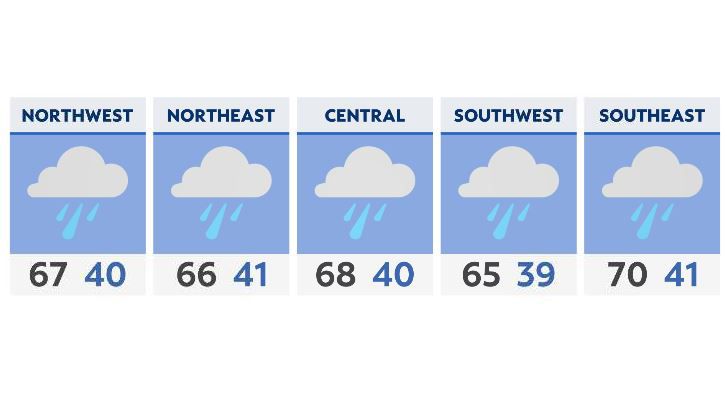COLUMBUS, Ohio — A special bipartisan committee made up of Ohio House and Senate members held its first of two constitutionally-mandated hearings on congressional district map proposals Wednesday.
The state legislature has less than three weeks left to approve a new map.
The Joint Committee on Congressional Redistricting listened to public testimony on the four congressional district map proposals previously presented by each caucus in the Ohio House and Senate. The six-member panel featured three senators and three state representatives, four of which are Republican.
“It should be so easy to get a homerun here. Just go ahead (snaps) pass some fair maps. Everybody looks good. But instead, it’s being dragged out and we’re just given a whole bunch of bad maps,” said Christos Iannou of Shaker Heights.
Just like the hearings held in the House and Senate committees, the majority of people who testified bashed the Republican maps for being gerrymandered. Redistricting reform advocates praised the Democratic maps for being closer aligned with the spirit of the redistricting reform passed in 2018.
“Community is extremely important when you have a member of the House of Representatives at the federal level representing a portion of Ohio. I think it’s really important that that member reflects the views, the life, the experience of the people that they’re representing. And when you have a gerrymandered district, it makes it much more harder,” said Michael Ahern of Blacklick.
Each of the four proposals are different. The two Republican ideas keep the GOP’s grip on congressional representation higher than how Ohioans have voted over the last 10 years. The two Democratic plans try to level the playing field by bringing the margin closer to a 50-50 split.
“Maps should be drawn to support we the people and not we the party,” said Julia Cattaneo of Columbus.
And while the joint committee is holding hearings this week, what role if any will the group have in the end of approving a map? One thing is clear, the group will not be voting on any maps according to House Speaker Robert Cupp, R-Lima.
“My understanding is the actual vote will be through the standing committees of each house because the constitution requires it to be adopted as it were a bill. So we’ll follow that procedure,” said Cupp.
The Joint Committee on Congressional Redistricting will meet again at 10:30 Friday morning. What happens after that is unclear but it is likely the legislature waits for a deal to be reached behind the scenes before the final map works its way back through the legislative process and onto the governor’s desk.
Whether that is a 10-year map or a four-year map will depend on if the Democrats support it in the end.




